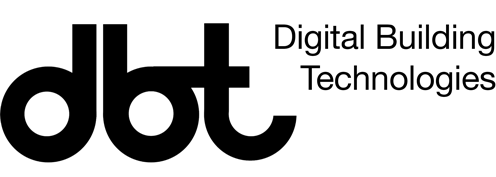Despite the recent developments in digital fabrication technologies, physical architectural forms are struggling to keep up with the limitless design freedom possible in digital environments. Beyond aesthetics, geometric complexity can have a significant impact on the built environment. Material efficiency, topology optimization, functional integration and a smart assembly logic can all benefit geometric features which are challenging for conventional fabrication methods.
The research focuses on enabling unconstrained geometric possibilities for the most used building material in the world: concrete. This material is celebrated by architects and engineers alike, but in order to reach its full potential, concrete relies on formwork. Formwork is the most resource-intensive step in concrete construction and it is particularly challenging and expensive for non-standard shapes.
To expand the geometric vocabulary of concrete, 3D printing, a new digital fabrication process, is used for making complex formwork (Free Formwork). Two different 3D printing technologies, binder jetting and fused deposition modelling are investigated in parallel. Parametric design strategies for these fabrication processes are laid out and the criteria for measuring their performance are set. For quantifiable results, 3D printing is evaluated against other fabrication methods for custom formwork (both digital and conventional).


Concrete architectural components cast in plastic 3D printed formwork.For assessing the 3D printed formworks comprehensively, the research investigates both in-situ and off-site formwork. The challenges as well as the unique benefits of 3D printing for these categories of formwork are evaluated based on case studies of different architectural components, such as columns and slabs. The goal of these case studies is to evaluate 3D printing as a fabrication method for complex formwork and to explore the new design possibilities for concrete components enabled by Free Formwork.


